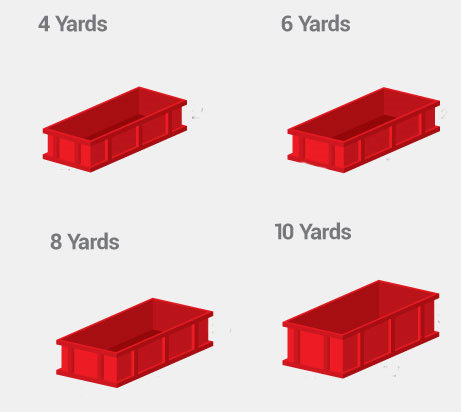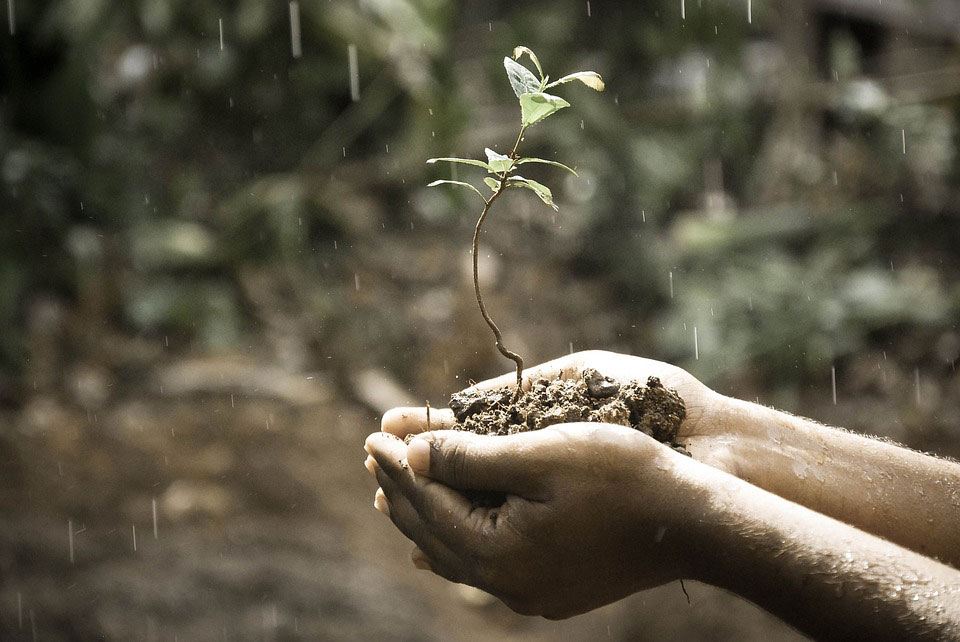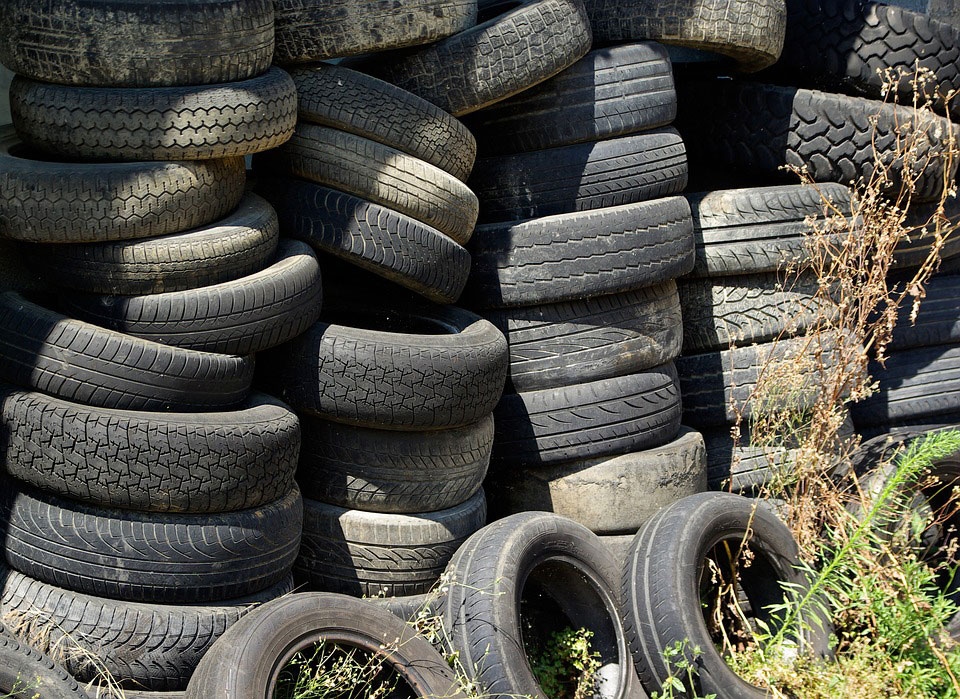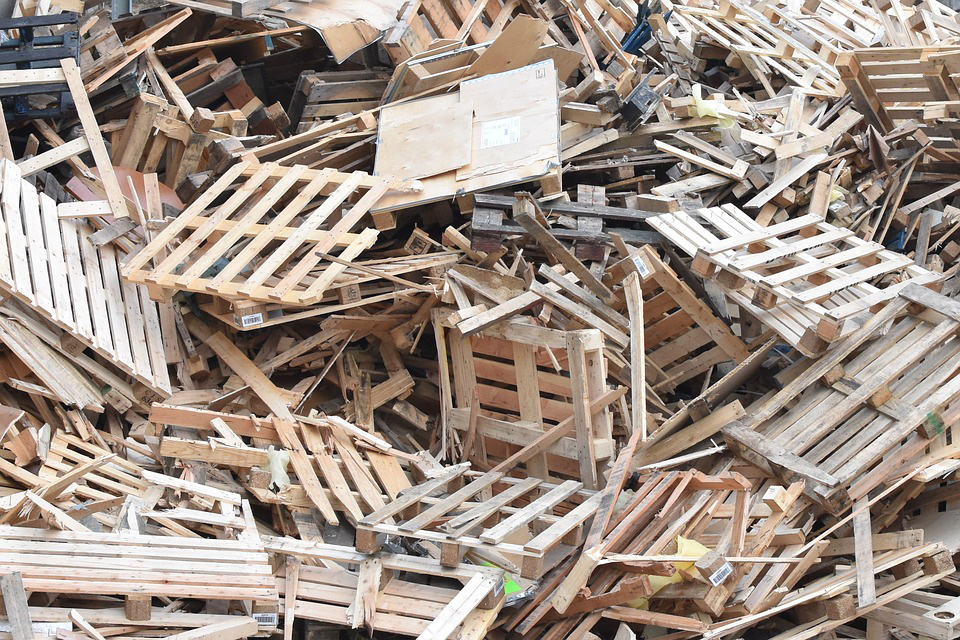Canadians have been becoming more environmentally conscious in recent years. They have been making decisions more and more with the effects on the planet in mind. One of the most immediately impactful industries is the waste management industry. Today there are many different options for handling junk removal. In Toronto people are beginning to choose their options based on environmental concerns, and junk removal companies are adapting to this fact.
 |
How Eco-Friendly, Sustainable Junk Removal Companies are Helping Clean Up Toronto |
Recycling isn’t the only way to reduce landfill waste. Composting has been rapidly growing in popularity. Anything biodegradable can be composted to not only keep it out of the landfill, but to produce useful products. The compost is used in fields and gardens to provide a rich soil for growing new plants. Waste must be carefully sorted to ensure that the compost remains free of foreign debris and hazardous materials.
Appliances like refrigerators are some of the most common items handled by junk removal companies. It’s important to make sure that the company is a certified and eco-friendly junk removal service. These companies know how to properly handle appliances, which often contain various components and hazardous materials. Many junk removal companies in Toronto can properly dispose of items and appliances, as they cautiously separate all items they process.
Another large effort on the hazardous material front is being put forward by retailers. Many different companies are beginning to handle the disposal of the hazardous materials they sell. Items like lightbulbs, batteries, and used oil can often be brought back to the store they were purchased from. The store then goes through the proper channels to ensure that these potentially dangerous items are properly disposed of.
Reduction and reduce are important parts of the effort to produce a more environmentally friendly city. The best way to keep things out of the landfill is to simply not throw the things out. Many items can be repurposed in some way. They can also be given away to others who might be in need of such items. Eventually these items will be fully used up and will actually have to be disposed. Environmentally conscious junk removal companies ensure that this step is well done.
Many such junk removal companies in Toronto increase their benefits to the community by partnering with local charities. Many items can be donated to these companies to produce a double benefit. These companies are committed to producing a net benefit for all parties involved. They benefit the environment and the community, all while rendering a valuable service to those with excessive clutter. This new trend in junk removal will surely benefit all the citizens of Toronto and other cities.
Core Mini Bins puts the customer first. If you have waste or junk you need removed from your premises, contact the GTA’s top eco-friendly junk removal service. We’re happy to help and you will be glad you called!











